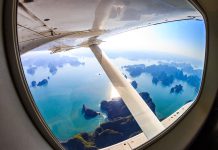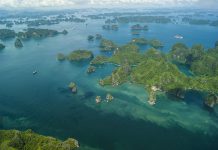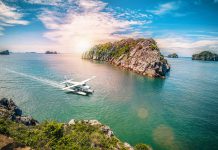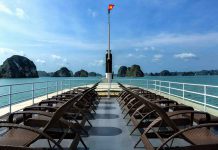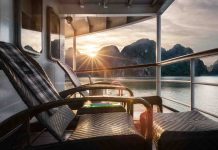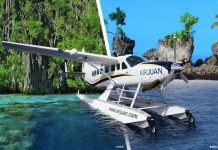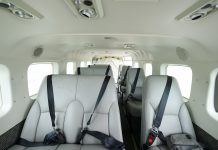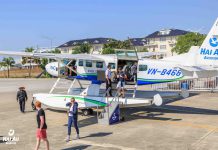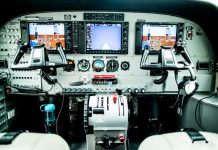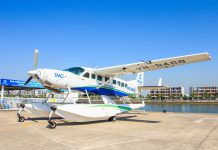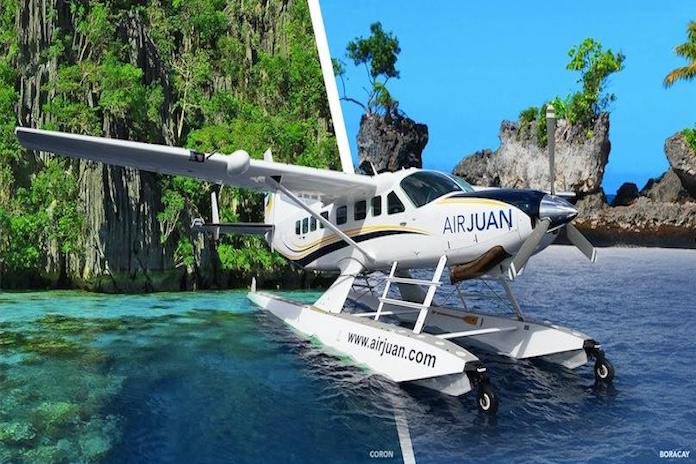In the growing age of technology, there seem to be more and more methods of transportation every day. From bicycles to cars to rockets, advances in transportation are some of the main reasons we can explore, defend and communicate. We often overlook seaplanes as a method of transport.
Over the course of history, seaplanes have been invented, developed, waxed and waned in popularity, and put to a great many different uses. While they may fly somewhat under the radar of public knowledge, they use seaplanes for a variety of interesting and even important tasks.
Page Contents
AIR TAXI FLIGHT
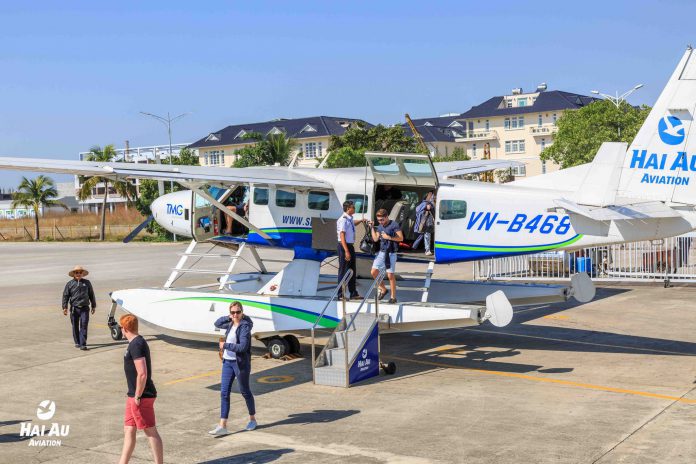
One of the most common uses for seaplanes these days is air taxi service. Seaplanes are a unique and efficient way of getting from one place to another. The planes are able to fly low and fast. More significantly, since they can take off and land on water, seaplanes have more flexibility when traveling from the mainland to island sites.
Many companies around Asia offer seaplane transfers from airports to prime tourist spots. For example, when traveling from Hanoi to Halong Bay, Vietnam, taking Hai Au Aviation seaplane is not only an exciting way to travel, but it cuts the travel time down by more than half. Ultimately, you will be able to spend much more of your trip enjoying the sites.
SCENIC TOURS
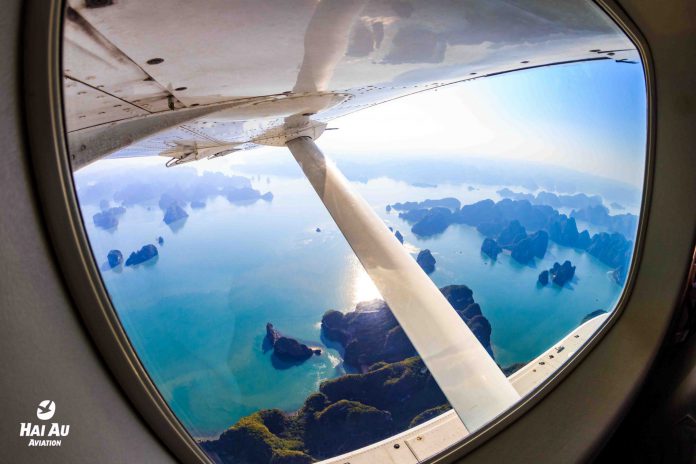
In addition to taxi services, many seaplane companies offer scenic tours. Rather than using a seaplane simply for transportation, taking a scenic tour allows you a bird’s eye view of the surrounding area. You can glide over the terrain and see stunning panoramas from above. The size and capacity of a seaplane make it possible to soar within range of some of the most spectacular sites in an area. You can take amazing photos and film clips as you fly through the clouds.
TRAVEL TO REMOTE AREAS
Many typical transportation options are incapable of maneuvering secluded or remote areas. Train and cars don’t have access and regular planes cannot land without a substantial runway. Seaplanes can touch down on land or at sea so they have the advantage of being able to fly into much more compact zones.
Not only that, but they can approach islands with rocky reefs or small land areas by way of the sea. This means that tourists can experience more exotic locations. Moreover, explorers, law enforcers or even rescuers can access hard-to-reach areas.
SEARCH AND RESCUE AT SEA
When tragedies happen at sea, it is imperative that search and rescue teams get to the location as quickly as possible. They must also be able to get as close as they can to the site of the disaster. Search and rescue teams utilize vehicles from helicopters to submarines, and of course seaplanes.
Seaplanes have a marked advantage because they can move faster than boats and will be able to get closer to the accident. They will also be able to quickly disembark with any survivors in need of medical treatment. Air-sea rescue is an important job for seaplanes both in terms of the military as well as civilian mishaps.
COASTAL SURVEILLANCE
Because seaplanes can fly low and have access to both land and sea, they are perfectly suitable for coastal surveillance. They are able to combine land and sea tasks usually carried out by two different vessels.
They can observe coastal activity such as border control, investigations or weather anomalies. While countries like the United States do not currently utilize seaplanes in their coast guard, other countries such as India and Japan have considered amphibious aircraft in their coastal surveillance.
LAW ENFORCEMENT
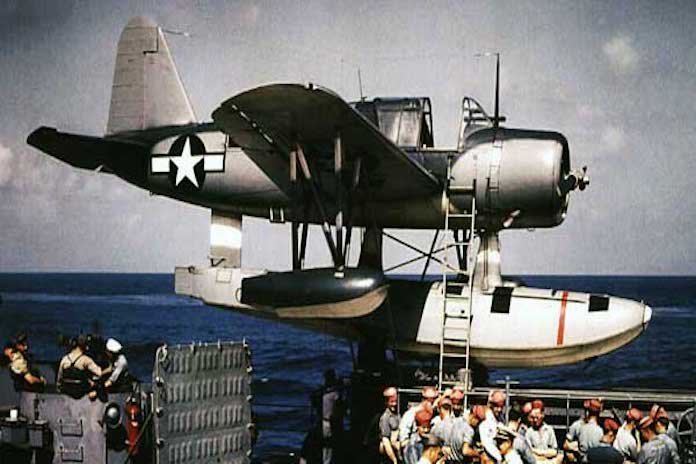
China recently purchased what is said to be the largest amphibious aircraft currently in operation. The seaplane will potentially be used for all manner of purposes from maritime search and rescue to law enforcement.
This particular seaplane, the AG-600, has a much larger capacity than other models and will continue to be tested for its capabilities. However, law enforcement is an important aspect for countries with large coastal borders. It is yet another way of efficiently tracking and enforcing criminal activities.
FISHERY PATROL AND ANTI-POACHING
Any coastal area will, of course, be home to a wide range of marine wildlife. There are restrictions in place for all of these areas, based on a country’s rules and regulations. Fishing is something that must be monitored and regulated for business, trade, as well as marine life health and safety.
Seaplanes are an important way of keeping watch on the fishing industry. They are also able to observe and track poaching offenders who wish to capitalize off of fish that is not theirs or that may, in fact, be illegal to catch at all. Once again, seaplanes have the ability to fly low and enter fishing areas with ease so that things can be properly monitored.
FOREST FIRE FIGHTING
One of the most important uses for seaplanes is fire fighting in forests. Forest fires are hugely dangerous because they catch fast and move quickly. Depending on the conditions of the vegetation and how close the fire is to surrounding inhabited areas, forest fires can easily get out of control.
They require immense amounts of water to overcome and ultimately extinguish. Many national parks like the U.S. National Parks System keep seaplanes for this and many other reasons.
Seaplanes can fly at low speeds and handle high gust-loading environments which allow them to carry water and help put out forest fires.
BIOLOGICAL STUDIES
Finally, seaplanes are critical in continuing marine biological research. Agencies such as the U.S. Fish & Wildlife Service and The U.S. National Oceanic and Atmospheric Administration (NOAA) use seaplanes to track wildlife and research marine animals like sea turtles.
Seaplanes are also one of the few forms of transport having an allowance on the Great Barrier Reef. The reason is that they won’t ruin or disturb sediments or marine life. They make up an integral part of marine biological exploration.
Over the years, seaplanes have come in and out of favor due to the fact that they can be expensive and inconvenient when dealing with large passenger capacities or work within treacherous weather conditions. However, seaplanes have fallen into important the niches of tourism, research and safety missions. While they are not the mainstream in terms of transport, they provide a unique and vital mode of transportation for various regions.

